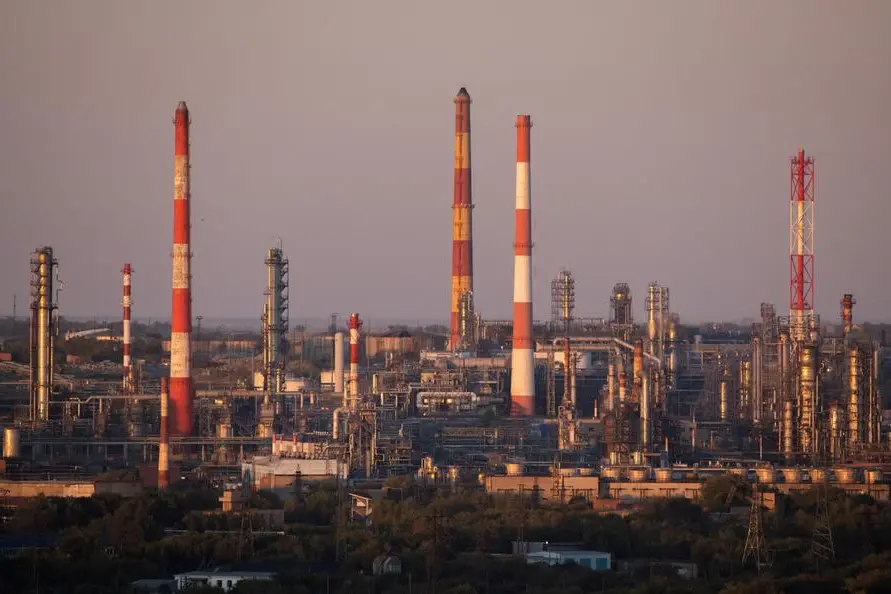October 16, 2025
Most Gulf economies are expected to maintain steady growth in the coming year, supported by rising oil production and favorable energy prices

Most Gulf economies are projected to maintain steady economic growth in the coming year, according to analysts, with rising oil output serving as the primary driver. The region, which includes countries such as Saudi Arabia, the United Arab Emirates, Kuwait, Qatar, and Oman, has benefited from increased hydrocarbon production, higher global energy prices, and ongoing policy reforms aimed at diversification and fiscal stability.
Oil revenues continue to play a central role in underpinning government budgets, funding infrastructure projects, social programs, and economic stimulus measures. Analysts note that countries with higher production capacity and stronger market access are better positioned to leverage energy revenues to support domestic investment and economic activity.
Non-oil sectors are also contributing to resilience, reflecting years of economic diversification efforts. Tourism, finance, logistics, construction, and renewable energy initiatives are expanding, helping reduce dependency on hydrocarbons and create new employment opportunities. Government initiatives to attract foreign investment, improve business environments, and modernize regulatory frameworks further bolster growth prospects.
Despite positive indicators, potential risks remain. Global energy market volatility, shifts in demand, and geopolitical tensions could affect oil-dependent economies. Inflationary pressures, supply chain disruptions, and regional political developments also present challenges. Analysts highlight that while high oil output provides fiscal flexibility, sustained long-term growth will depend on continued diversification, innovation, and prudent economic management.
Saudi Arabia, the UAE, and Kuwait are expected to lead growth in the region, benefiting from higher production quotas, strategic export agreements, and investments in infrastructure and technology. Qatar’s economy is supported by natural gas exports and preparations for global events, while Oman and Bahrain are implementing fiscal and structural reforms to enhance competitiveness.
Policy measures, such as investment incentives, infrastructure spending, and social support programs, are designed to stimulate domestic consumption, business activity, and private sector participation. These efforts are intended to complement oil-driven growth and ensure broader economic stability.
Economists conclude that the Gulf region’s combination of high oil output, diversification initiatives, and strategic policy reforms positions it for steady growth in the near term. While uncertainties remain, the outlook for most Gulf economies is cautiously optimistic, with energy production and fiscal management serving as key stabilizing factors.